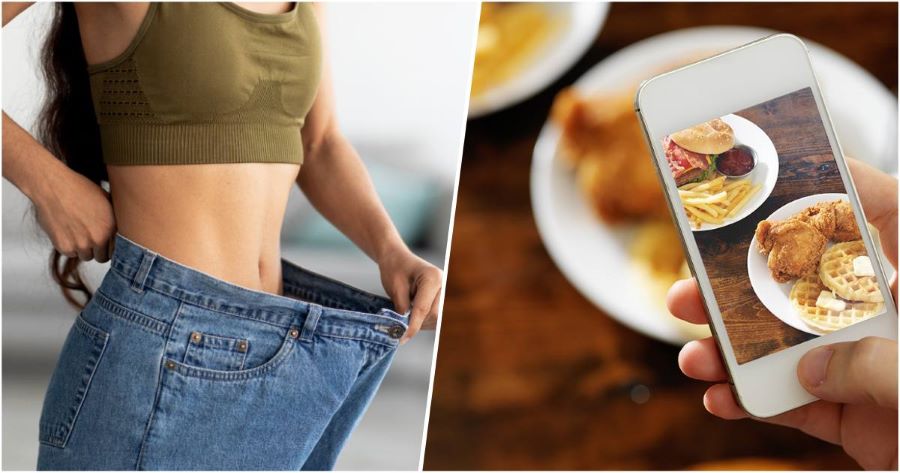
Inflation remains a top consumer gripe, but the higher cost of milk and eggs is negligible when compared to insulin. Spending on insulin has tripled in the past decade, topping $22 billion in 2022, according to research from the American Diabetes Association. While some of that increase is due to a growing patient pool, it’s also due to rising prices. The inflation-adjusted cost of insulin increased 24% from 2017 to 2022.
Lower-cost insulin is becoming available to more Americans with diabetes. Implementation of the Inflation Reduction Act last year was a catalyst. One of the federal law’s provisions set a $35 cap on the monthly out-of-pocket cost for insulin. Though the price cap applied only to insulin for Medicare beneficiaries, it established a template that insulin manufacturers followed. Eli Lilly announced it would slash prices and cap a patient’s monthly cost at $35, changes that phased in during 2023. Novo Nordisk and Sanofi followed with announcements of similar price cuts and caps on out-of-pocket costs that took effect at the start of this year. These changes are significant because those three drugmakers account for an estimated 90% of the insulin market.
Sanofi, Novo Nordisk, and Eli Lilly already had alternative insulins: unbranded versions that are the same as their branded insulin products, but with a lower price. The companies also developed follow-on biologics, which are versions of another company’s insulin products. These insulins are essentially biosimilars. Insulin, which had historically been regulated like a drug made from chemicals, transitioned to the biologics regulatory pathway in 2020. The congressionally mandated change was intended to open the doors to competition by establishing a pathway for others to develop biosimilar insulins. But so far, the vast majority of available insulin still comes from the big three insulin manufacturers.
By offering lower-cost insulins along with their branded products, the big insulin manufacturers retain market share, Sally Yanchus, senior research analyst at Water Tower Research, told MedCity News. Other companies have yet to dent this share. Biocon is a dominant seller of biosimilar insulins in emerging markets, Yanchus said. But the India-based company, which secured its place in U.S. insulin biosimilars with the $3.3 billion acquisition of the biosimilar business of its partner Viatris in 2022, remains a small player in the U.S.
“Since Lilly and Sanofi and Novo also make biosimilars of their brand, they’re going to capture most of the market, at least in the developed market, which is exactly why they decided to do it,” Yanchus said.
New biosimilar alternatives are still in development. Civica Rx announced its biosimilar plans in 2022, pledging to commercialize insulin priced at $30 per vial and $55 for a box of five cartridges. It said it would be able to provide insulin at these prices because it is a nonprofit organization.
Civica Rx has constructed a 140,000 square-foot facility in Petersburg, Virginia, with the capacity to produce about 90 million vials and 50 million pre-filled syringes per year. When Civica Rx unveiled its plans two years ago, it set a 2024 target date to bring its insulin products to the market. Yanchus said Civica Rx’s impact on the market will depend on its ability to secure regulatory approvals and successfully launch its products. Debbi Ford, chief communications and public affairs officer for Civica Rx, said in an email that the nonprofit is committed to bringing low-cost insulin to all Americans as soon as possible. She added that test runs of insulin have already begun at the Virginia manufacturing site.
“We have met with the FDA and have a clear path forward for the insulin program,” Ford said. “We will provide a filing timeline as we progress.”
Biosimilars have drawn startup interest as well. Houston-based synthetic biology company rBIO claims it can produce biosimilars at greater yields than is possible with current technologies. The startup is based on technology licensed from Washington University. Its platform, which uses a new genetic coding process to synthesize proteins and peptide hormones, has yielded a pipeline of preclinical biosimilars for antitrypsin, erythropoietin, uricase, and hemagglutinin. The most advanced rBIO program is biosimilar insulin, but it still needs to go through clinical testing. The startup’s founders have a goal of lowering the cost of insulin by 30%.
New biosimilar options could also come from some states. Washington state and Maine have explored the possibility of manufacturing generic drugs, including insulin. California is much further along with an initiative called CalRx. Signed into law in 2020, CalRx empowers the state to develop, manufacture, and distribute lower-cost generic and biosimilar products. California’s goals include boosting competition for drugs that have little competition or are susceptible to shortages or supply chain disruptions.
With insulin as its first focus, California put $100 million behind CalRx—$50 million for developing biosimilar insulin and $50 million for construction of a manufacturing facility. Civica Rx will play a key role in California’s plans. Last March, CalRx announced a partnership with the nonprofit to develop and manufacture three of the most commonly used types of insulin. Gov. Gavin Newsom said this insulin will cost Californians $30 for a 10 mL vial—the same price it will cost the state to manufacture and distribute the drug. The plan is for CalRx insulin to become available through local pharmacies and mail order pharmacies. While CalRx insulin will initially come from Civica Rx’s Virginia facility, the partners aim to eventually develop a manufacturing site in California.
“There are only three major players [in the insulin market] and they tend to follow each other,” Newsom said in the broadcast announcement of the Civica Rx partnership. “Time for disruption—and that’s where California comes in.”
Photo: gustavofrazao, Getty Images



